2. Mixtures, Chromotography, Filtration, Crystallisation and Distillation
1/20
There's no tags or description
Looks like no tags are added yet.
Name | Mastery | Learn | Test | Matching | Spaced |
|---|
No study sessions yet.
21 Terms
Name 5 methods of seperating mixtures
Filtration
Crystalisation
Simple Distillation
Fractional Distillation
Chromotography
Does being in a mixture change the chemical properties of elements and compounds within it?
No
What can chromotography be used for?
Seperating different inks and dyes
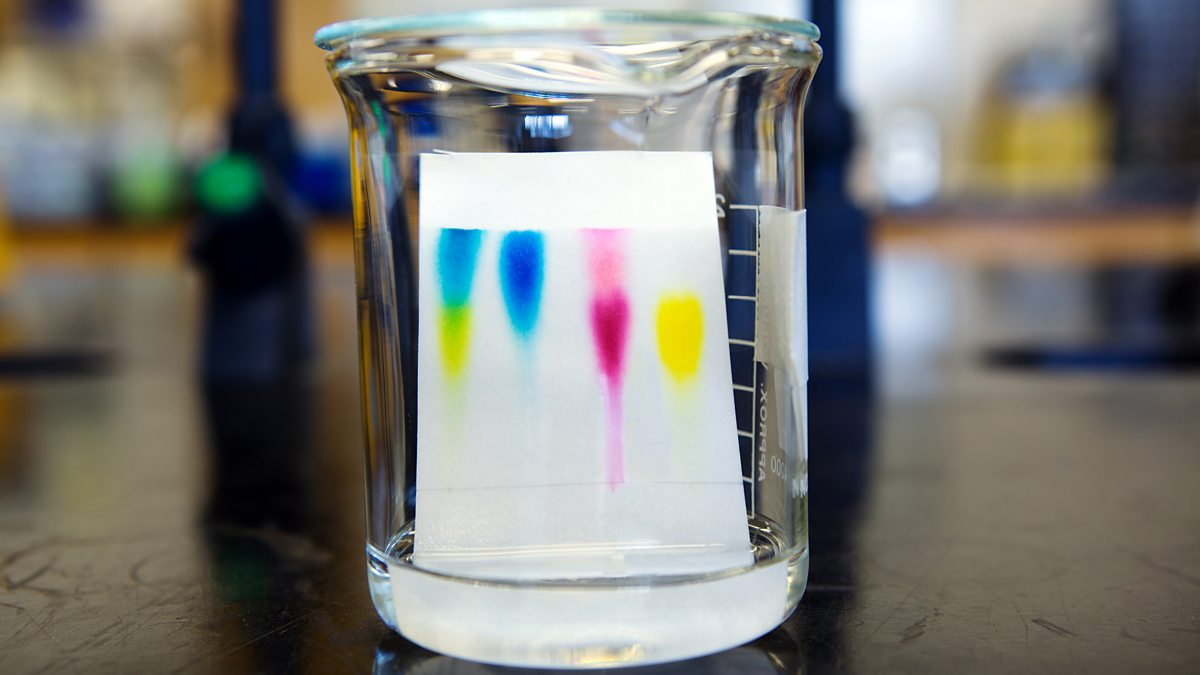
What method of seperation is this?
Chromotography
What is the method for chromotography? 10 steps
Draw a line near the bottom of a piece of filter paper (in pencil)
Add a spot of ink to the line and place the shhet in a beaker of solvent e.g water
The solvent used depends on whats being tested, some compounds dissolve well in water but sometimes, other solvents like ethanol are needed
Make sure the ink is not touching the solvent
Place a lid ontop to stop the solvent evaporating
The solvent seeps up the paper taking the ink with it
Each different dye will move up the paper at a different rate so the dyes will seperate out. Each dye will form a spot in a seperate spot
If any of the dyes are insoluble they will stay on the baseline
When the solvent has nearly reached the top, take the paper out to dry
The end result is a pattern of spots called a chromatogram
Filtration and crystallisation are used to seperate which two states of matter
Solids and liquids
Which two purposes can filtration be used for
If your product is an insoluble solid that needs to be seperated from a liquid reaction mixture
Can be used in purification, for example seperating out solid impurities
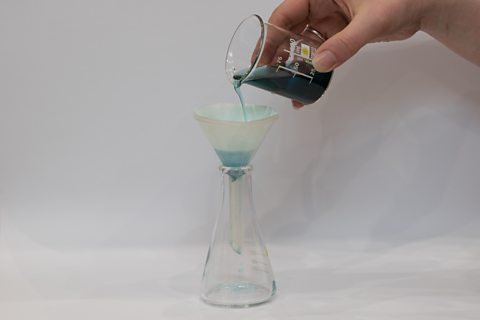
What method of seperation is this?
Filtration
What methods of seperation can be used for soluble solid in a liquid
Evaporation
Crystallisation
Describe the method for evaporation, 3 steps
Pour the solution into an evaporating dish
Slowly heat the solution. The solvent will evaporate and the solution will get more concentrated. Eventually crystals will start to form
Keep heating the evaporating dish until all you have left are dry crystals
When can evaporation not be used and crystallisation be used instead?
When the salt decomposes when heated
Describe the method for crystallisation, 4 steps
Pour the solution into an evaporating dish and gently heat the solution. Some of the solvent will evaporate and the solution will become more concentrated
Once some of the solvent has evaporated, or when you see crystals start to form (the point of crystallisation) remove the dish from the heat and leave to cool
The salt should start to form crystals as it becomes insoluble in the cold, highly concentrated solution
Filter the crystals out of the solution and leave them in a warm place to dry
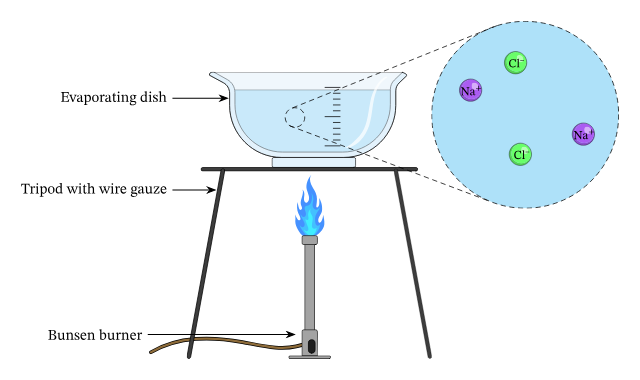
What method of seperation is this?
Evaporation
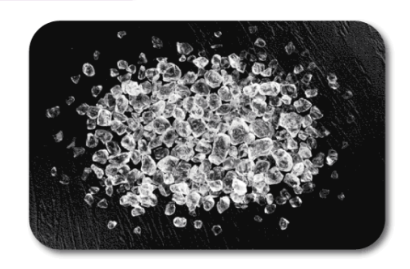
What method of seperation is this?
Crystallisation
Required Practical - Describe the method for Rock Salt seperation, 4 steps
Grinding - Grind the mixture to make sure the salt crystals are small and will dissolve easily
Dissolving - Put the mixture in water and stir, the salt will dissolve but the sand wont
Filtering - Filter the mixture. The grains of sand wont fit through the tiny holes in the filter paper, so they collect on the paper instead. The salt passes through as it is part of the solution
Evaporation - Evaporate the water from the salt so it forms dry crystals
Distillation is used to seperate what states of matter?
Liquids
Required Practical - Describe the method of simple distillation, 4 steps
Simple distillation is used for seperating out a liquid from a solution
The solution is heated. The part of the solution that has the lowest boiling point evaporates first
The vapour is then cooled, condenses and is collected
The rest of the solution is left behind in the flask
What is a problem with simple distillation
It can only be used to seperate things with very different boiling points
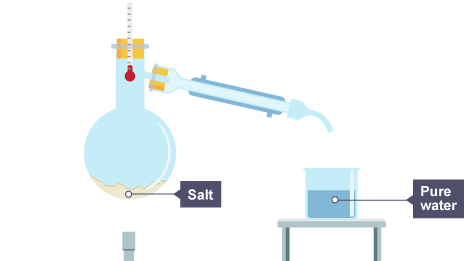
What method of seperation is this?
Simple distillation
What is fractional distillation used for?
Seperating out mixtures of liquids with similar boiling points
Describe the method for fractional distillation, 5 steps
You put your mixture in a flask and stick a fractioning column on top, then you heat it
The different liquids will all have different boiling points - so they will evaporate at different temperatures
The liquid with the lowest boiling point will evaporate first. When the temperature on the thermometer matches the boiling point of this liquid, it will reach the top of the column
Liquids with higher boiling points might also start to evaporate. But the column is cooler towards the top, so they will only get part of the way towards the top before condensing and running back down the flask
When the first liquid has been collected, you raise the temperature until the next one reaches the top